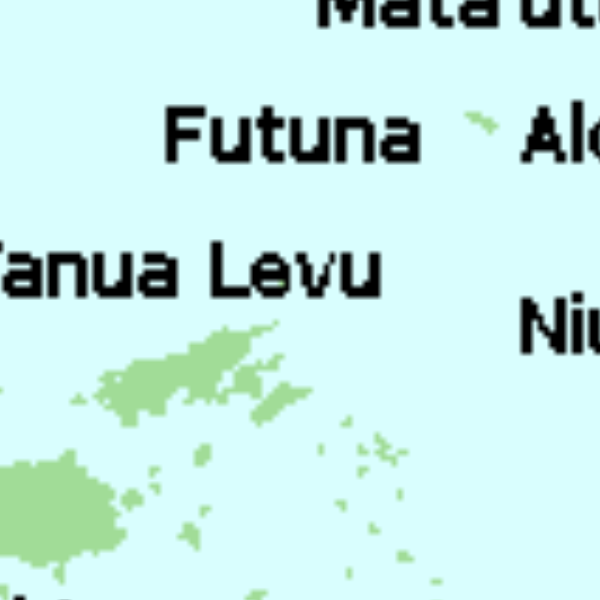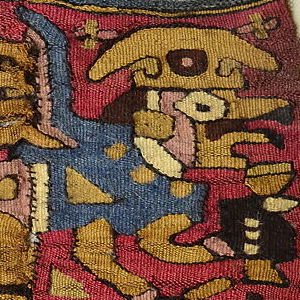Archaeology

Poverty Point in Louisiana, United States
Poverty Point is a prehistoric earthenwork site featuring mounds, ridges, and a ceremonial plaza located in northeastern Louisiana, United States.

Ha’amonga ‘a Maui in Tonga
Ha’amonga ‘a Maui is a stone trilithon located on the island of Tongatapu in Tonga. A stone trilithon is a stone monument with two large vertical stones acting as a post for the third stone set horizontally across the top.

Altar from the Classic Maya Period
This limestone altar was created by the Maya culture sometime between 300 and 900 CE and found in Belize in Central America. The altar is round and was carved with twenty glyph blocks on top, which are now faded and display cracks but also attempts at repairs.

The Cahokia Mounds State Historic Site
The Cahokia Mounds State Historic Site is an archaeological site of a pre-Columbian Native American city located in southwestern Illinois, near St. Louis, Missouri.

Inca Miniature Tunic
This cotton and camelid hair tunic dates from the 14th-16th century CE in Peru, and was simply constructed from a rectangle of fabric, with a slit for the neck and open sides for the arms.

Tu'i Tonga Empire Map
The Tu’i Tonga Empire was an Oceanic maritime chiefdom centered on the island of Tongatapu, the main island of Tonga, and flourished between 1200-1500 CE.

Te Paranihi, or Maori War Canoe
Te Paranihi is a 17-meter (55 feet) war canoe, or waka taua, from the Maori culture indigenous to New Zealand.
Polynesian Oral Traditions
This collection compiled by Rawiri Taonui, a professor of Indigenous Studies, includes creation myths and stories about gods, the origin of humanity, and cultural heroes for several Polynesian cultures, such as Hawaii, Samoa, Tonga, Tahiti, and numerous others.

Moai on Easter Island
The Moai are large statues on Easter Island in Oceania, known for their distinctive head and facial features. The moai were created by the Rapa Nui people likely between 1250 and 1600 CE.

Coca Bag
This coca bag is from the Moche culture that existed in Peru between the period of 100 to 700 AD. The Moche are known for their ceramics, textiles, and metalworking practices, and this bag demonstrates the skill of Moche weavers.